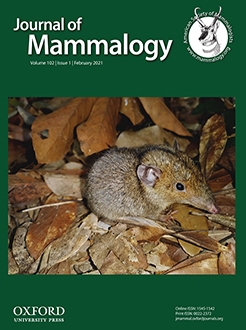The expansion of human activity forces species to co-exist with people in human-modified landscapes (HMLs). However, living in HMLs demands behavioral adaptations, and the proximity between wildlife and people heightens human–wildlife conflicts. Capybara (Hydrochoerus hydrochaeris) is a thriving rodent species in HMLs in Brazil and as such, is involved in human–wildlife conflicts, such as vehicle collisions and transmission of Brazilian spotted fever (BSF). Despite their public importance, the effects of HMLs on capybara movement behavior have never been investigated. Our study aimed to investigate changes in home range, ranging pattern, and activity, for capybaras in six HMLs and two natural landscapes (NLs) by monitoring capybaras with GPS collars. We found home ranges 2.43 times greater in NLs than in HMLs and differences in ranging pattern in HMLs. Capybaras tended to be more nocturnal and move shorter distances across HMLs than NLs. Our results confirm the impacts of the HMLs altering capybara movement. The aggregation of capybaras in very small home ranges might imply on greater risks of tick infestations. In addition, capybara–vehicle collision may be increased during capybaras' nocturnal activity. Therefore, we recommend that transportation agencies avoid the construction of transportation infrastructures (roads, railways, airstrips) in capybaras' home ranges, which should be of restricted access to people in BSF endemic areas.
How to translate text using browser tools
29 January 2021
Human-modified landscapes alter home range and movement patterns of capybaras
Beatriz Lopes,
John F. McEvoy,
Ronaldo Gonçalves Morato,
Hermes R. Luz,
Francisco B. Costa,
Hector Ribeiro Benatti,
Thiago da Costa Dias,
Vlamir José Rocha,
Vanessa Ramos do Nascimento,
Ubiratan Piovezan,
Patricia Ferreira Monticelli,
Ana Maria Nievas,
Richard Campos Pacheco,
Maria Estela Gaglianone Moro,
Jardel Brasil,
Peter Leimgruber,
Marcelo B. Labruna,
Katia Maria Paschoaletto Micchi de Barros Ferraz
ACCESS THE FULL ARTICLE

Journal of Mammalogy
Vol. 102 • No. 1
February 2021
Vol. 102 • No. 1
February 2021
activity
Capybara
home range
human-modified landscape





